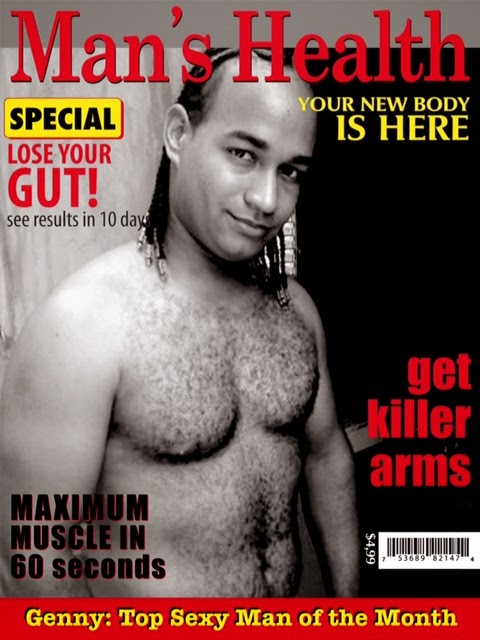 |
| FILE - In this March 28, 2012, file photo Paul Clement, the lawyer representing states opposed to the Patient Protection and Affordable Care Act, talks to media outside the Supreme Court in Washington at the end of arguments on the law's constitutionality. Chances are bleak that Congress would act to restore any parts of the law that the court might strike down, one reason why Justice Ruth Bader Ginsburg told Clement, "So why should we say, it's a choice between a wrecking operation, which is what you are requesting, or a salvage job." She added, "And the more conservative approach would be salvage rather than throwing out everything." |
WASHINGTON (AP) -- The Supreme Court left little doubt during last week's marathon arguments over President Barack Obama's health care overhaul that it has scant faith in Congress' ability to get anything done.
The views about Congress underlay questions from justices who appear to be on both sides of the argument over the constitutionality of the law's key provision, the individual insurance requirement, as well as whether the entire law should be thrown out if the mandate is struck down.
The comments were particularly striking from the conservative justices who have called on unelected judges to show deference to the actions of elected officials.
Justice Antonin Scalia, who appeared strongly in favor of striking down the entire law, was the most outspoken in his disdain for the branch of government that several justices can see from their office windows.
"You can't repeal the rest of the act because you're not going to get 60 votes in the Senate to repeal the rest. It's not a matter of enacting a new act. You've got to get 60 votes to repeal it. So the rest of the act is going to be the law," Scalia said, explaining it might be better to throw the whole thing out.
Justice Anthony Kennedy draw laughs when he asked a lawyer describing what Congress would want the court to do, "Is that the real Congress or a hypothetical Congress?"
Several justices joined in the courtroom's laughing reaction when the lawyer leading the challenge to the law appeared to suggest Congress could pass new legislation "in a couple of days," if the court wiped away the entire law.
The justices thus seemed to be thinking along the same lines as the public, according to polls that show Congress' standing at historic lows.
That outlook, more prevalent among the conservatives than the liberals on the court, is one reason that the Obama administration's lawyers ran into such stiff resistance in questions from the bench.
Solicitor General Donald Verrilli Jr. repeatedly invoked Congress' power under the Constitution to take aggressive action to deal with health care, which makes up 17 percent of the U.S. economy, and with the problem of 50 million people who lack insurance but whose health costs are being passed on to taxpayers and those with insurance.
The court, Verrilli said at the end of Tuesday's argument session, "has a solemn obligation to respect the judgments of the democratically accountable branches of government."
Certainly, the liberal justices appeared to agree with Verrilli that Congress, then under Democratic control, did not exceed its power.
Now, Congress is essentially locked in a stalemate, with power divided between Republicans who control the House and a Democratic majority in the Senate.
Chances are slim that Congress would act to restore any parts of the law that the court might strike down, even noncontroversial provisions.
The bleak prospect for legislation is one reason why Justice Ruth Bader Ginsburg urged a cautious approach to a raft of provisions, many already in effect, that have nothing to do with the insurance requirement, including changes to benefits for victims of black lung disease.
"So why should we say, it's a choice between a wrecking operation, which is what you are requesting, or a salvage job," Ginsburg told Paul Clement, the lawyer representing states opposed to the law. "And the more conservative approach would be salvage rather than throwing out everything."
Put another way, Justice Sonia Sotomayor said, "Why we should involve the court in making the legislative judgment?"
Kevin Walsh, a law professor at the University of Richmond who previously served as a Scalia law clerk at the court, said he was surprised by the conservative justices who revealed no apparent trepidation about getting rid of the entire law.
"That would be a very muscular exercise of judicial power," Walsh said.
Scalia has a long history of calling for restraint on the part of unelected judges, and telling people who want changes in the law to go first to their elected representatives.
"You want a right to abortion? Persuade your fellow citizens and enact it. That's flexibility," Scalia said in a 2005 speech in Washington, an example of the kind of remarks he has made many times over his more than 25 years as a justice. "Why in the world would you have it interpreted by nine lawyers?"
But he and Kennedy both suggested that it would be more respectful to Congress to give it a blank slate than to hand it back a massive law, with its key provisions excised.
"Do you really think that that is somehow showing deference to Congress and respecting the democratic process? It seems to me it's a gross distortion of it," Scalia said.
Kennedy envisioned an outcome in which the insurance requirement is struck down, but the court leaves in place other requirements forcing insurers to accept people regardless of existing medical conditions and to limit the premiums for older people.
"We would be exercising the judicial power if one provision was stricken and the others remained to impose a risk on insurance companies that Congress had never intended. By reason of this court, we would have a new regime that Congress did not provide for, did not consider. That, it seems to me, can be argued at least to be a more extreme exercise of judicial power than striking the whole," he said.




















